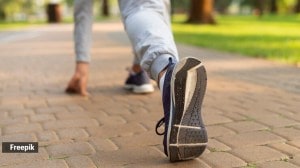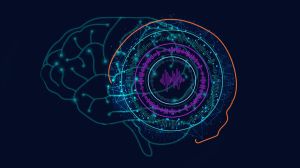Not pigs, wonder gel will help diabetics now
JUNE 3: Thank god for the pig. As the battle against diabetes continues on a global scale, the pig proves to be an invaluable ally. Insuli...

JUNE 3: Thank god for the pig. As the battle against diabetes continues on a global scale, the pig proves to be an invaluable ally. Insulin extracted from it helped keep diabetics sugar levels down.
But the injections were traumatic and the procedure tedious. Till scientists decided to get cell structures smart enough to generate their own insulin. But who would make the cell structures acceptable to the human body?Scientists here at Pune’s National Centre for Cell Sciences are on the threshold of an answer. The team has come out with a hydrogel that helps in the immunoisolation of islets that produce the insulin. Simply put, once islets are camouflaged with this hydrogel, it could very well be the threshold of a answer to diabetes. The team, Makrand Risbud, Dr Ramesh Bhonde and Anandwardhan Hardikar recently published a paper on the immunoisolation of islets with the help of their chitosan — PVP hydrogel in the internationally reputed Cell Transplantation, considered to be the Bible on the subject. A paper that has generated encouraging reviews.
“Today diabetic patients depend mainly on their insulin injections to help break down the levels of glucose,” says Makrand. But medical research has been moving towards a scenario where cells capable of producing their own insulin be injected into the body and help a diabetic to keep glucose levels down.
But any transplantation meant either immuno-suppressants that were not very stable or reliable or going back to the painful insulin injection routine. Their hydrogel promises to change all that.
“Our gel is a Chitosan — PVP semi IPN (Inter Penetrating Network) gel that covers the islets as a membrane and when introduced into the recipients body makes them acceptable,” says Makrand. Before the scientific lingo scares you here’s the “deal.”
The gel has conveniently married off a synthetic polymer to a bio-polymer, inculcating inherent advantages of both. “The synthetic polymer gives it a mechanical stability and is also protein repellent. The bio-polymer gives the advantage of bio-compatibility,” says Makrand.
Simply put, the hydrogel helped in camouflaging the islets when they are introduced into the recipient. Rigorous testing proved that the hydrogel was not harmful to the islets itself. “Islets cultured on the surface of the hydrogel membranes maintained their morphological identity,” says Makrand. Both microscopic and digital image analysis studies proved that they were just fine.
What’s more, the islets on hydrogels maintained their responsive nature to the environment changes in glucose concentration. On the road, the team looked into the other critical parameters.
The permeability of the membrane had to be just right. It had to be just right to let the insulin to pass through and the nutrients required to keep the islets healthy. The membrane passed with flying colours on both counts. But the antibodies had to be beaten. The hydrogel’s pore size was small enough to prevent the passage of anti-insulin antibodies.
Photos



- 01
- 02
- 03
- 04
- 05




























